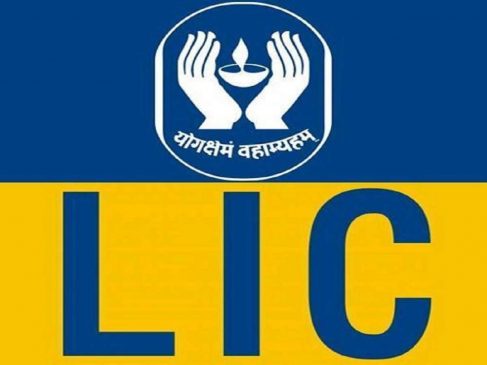Life Insurance Corporation offers several benefits to the policyholders. One such policy is called LIC Jeevan Azad which provides combined benefits of life safety and investments. It is a traditional life insurance plan that offers a wide range of advantages such as rider benefits, tax benefits and many more.
Read More: PM Kisan Yojana: Some farmers to get benefits of Rs 12,000 every year, know how
LIC Jeevan Azad Policy: About
On January 19, 2023, the Life Insurance Corporation of India introduced a new programme called LIC Jeevan Azad. It is a non-linked, non-participating, individual life insurance plan. The plan is intended to provide both protection and financial benefits. In the tragic event that the policyholder passes away, the plan will provide death benefits to the designated beneficiary. On the other side, the policyholder will receive the maturity benefit if they live to the end of the policy’s tenure.
Read More: Indian Railways: Passengers can change journey dates for free without cancelling tickets, here’s how
LIC Jeevan Azad policy: Eligibility and Features
The entry age (in years) in the LIC Jeevan Azad policy is 90 days and the maximum is 50 years. The maturity age is a minimum of 18 years and a maximum of 70 years. The Premium Payment Term (PPT) under this Limited Premium Endowment plan is equal to the Policy Term minus 8 years. This means that if a policy is purchased for 20 years, the premium will only be paid for 12 of those years.
Similarly to that, a person will pay premiums for a policy term of 18 years for 10 years. It offers a guaranteed base sum-assured amount for the living life insured on the day of maturity.
Only typical healthy lives up to a cap of Rs 3 lakh and a maximum of Rs 5 lakh depending on medical examination report would be eligible for this plan.
Read More: Petrol, Diesel Latest Price Announced: Check New Rates In Your City On June 4
Will get 7 times payment: Know when and how
If a policyholder passes away during the policy’s term, the nominee will receive the Basic Sum Assured, which is equal to seven times the annualised premium paid when the policy was first purchased. As long as the total amount of premiums paid up until the date of the policyholder’s death is greater than 105 per cent.





































